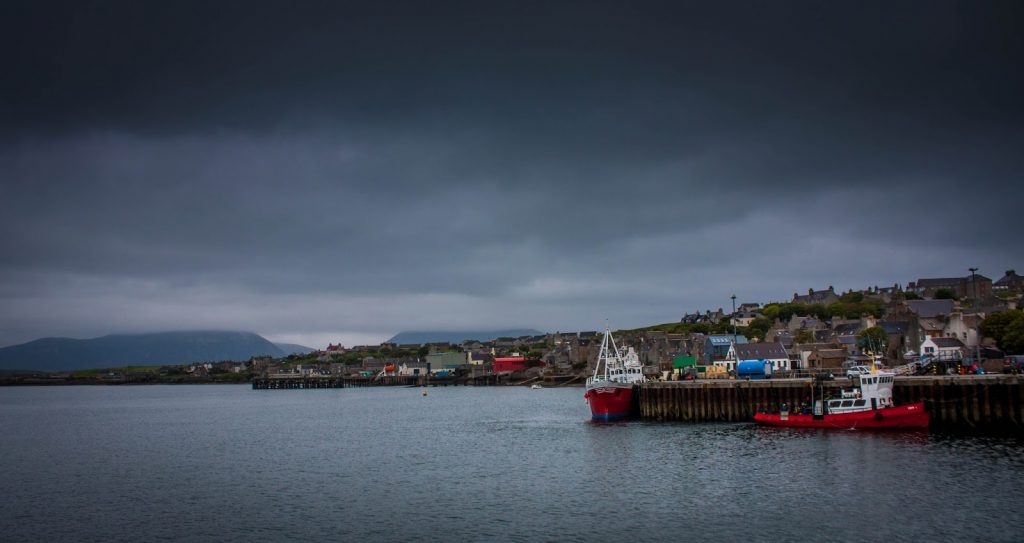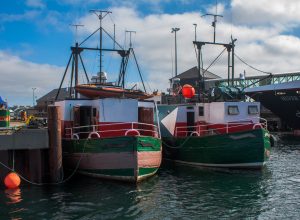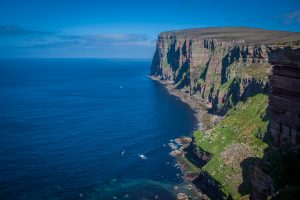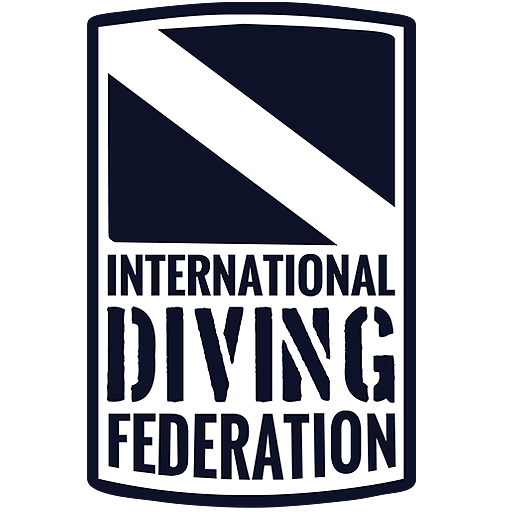Many divers consider wreck diving to be the quintessence of their passion. There are countless places in this world to which divers flock from all over the world to admire the sunken colossi – worth mentioning are Red Sea wrecks such as the Salem Express or Thistlegorm, the Chuuk Lagoon (formerly Truk) located in Micronesia, countless wrecks in the Baltic Sea or the Irish wrecks of Malin Head. One such place is also Scapa Flow – probably known to any self-respecting wreck diver.

Scapa Flow? And where is it?
It is a natural anchorage located between the Orkney Islands, in the north of Scotland. The shape and excellent protection that Scapa Flow gave to ships among these capricious and very dangerous seas meant that it was used as a harbor and anchorage from the beginning. Settlement on the islands appeared some 5,000 years ago, leaving behind numerous archaeological remains, barrows or impressive stone circles. In the 8th century, however, the islands were colonized by the Vikings, who appreciated their strategic position. It is to them that we owe the Norse-derived name Scapa Flow, which freely translated means Long Cape. Scapa became a naval anchorage as early as the Napoleonic era and the British-American War.

It gained fame among wreck divers thanks to the events of World War I. Captured by the Allies, the German fleet was stationed in Scapa Flow for several months, awaiting further orders. The Allies intended to disarm the Germans, and their ships were to be distributed to the remaining countries. Admiral von Reuter decided that he would rather see his magnificent ships at the bottom than in hands of the enemy, and on June 21, 1919, he gave the order to self-sink. The British tried to stop the process and succeeded in towing several small ships to the shoals. Between the wars, many British companies undertook to haul out the wrecks or to extract valuable metals from them, usually using explosives. The fleet withdrew from Scapa Flow from 1957, and the formerly powerful anchorage lost its military significance. The economic situation of the islands was improved by the construction of an oil terminal on one of the islands in the 1970s. Eventually, a few German ships remained at the bottom of the bay.
Is it possible to dive there?
Fairly stable conditions in the summer season, depths within the range available to recreational divers and short distances between wrecks make it a good place even for not very experienced divers. Dives here are between 12 and 40 meters deep, with a definite preference for depths of 30 – 40 meters. This it enough to have a decent recreational diving and with AOWD/ Deep certs to be able to dive on all these wrecks. Among the wshipwrecks worth visiting are huge battleships such as the Markgraf, Kronprinz Wilhelm and the heavily damaged Konig. 150 meters long and 50 wide, they rise 30 meters above the bottom and require at least a few dives to explore them thoroughly. It is also possible to dive on slimmer, equally long cruisers – Dresden, Coln, Brummer or Karlsruhe-as well as other ships that history has thrown into the local waters and whose fate was sealed here. All of Scapa Flow’s wrecks offer the opportunity to dive on ships that are more than 100 years old, still lying on the sea floor. History has left its mark on them, but you can still admire the huge guns, koenings towers, screws, winches, rudder fins or slender, majestic bows. Some of them, like Karlsruhe, are more deteriorated and allow you to look at the exposed inside of ships and mechanisms that usually remain hidden.
Watch videos of Spaca Flow wreck diving:
Another extremely interesting wreck is the Tabarka – as diving on it involves definitely more complicated logistics and requires efficiency in preparation while still on the surface. This is because Tabarka lies in a place where diving depends on very strong tides. You can only jump into the water here during a very short window in which the tides change. A strong current then carries us to the wreck. The views are well worth the effort! For the wonderfully clear and transparent water of an unusual blue color for Scapa Flow, the brick red seaweed and of course the wreck itself are very impressive.
And here is a link to a video of the dive on Tabarka….
In addition to wreck diving, with a bit of luck we will also find porpoises, seals, orcas, basking sharks or whales here. For the Orkneys remain wild and inaccessible all the time. Is it worth it? Definitely!

How to get here?
Getting to Orkney is not very easy and requires good planning. You can take the land route and a ferry, or you can take the air route and land at the airport located in Orkney’s largest city, Kirkwall. Ferries to the island do not run daily, but there are several stable connections that will take you to Kirkwall or Stromness.
Another important factor is also the weather – the best choice would be the warm months from May to September, when Orkney is lively and accessible. That’s when we have the best chance of good weather that won’t derail our diving plans, but also of seeing the young orcas and seals that like to spend the summer here.




